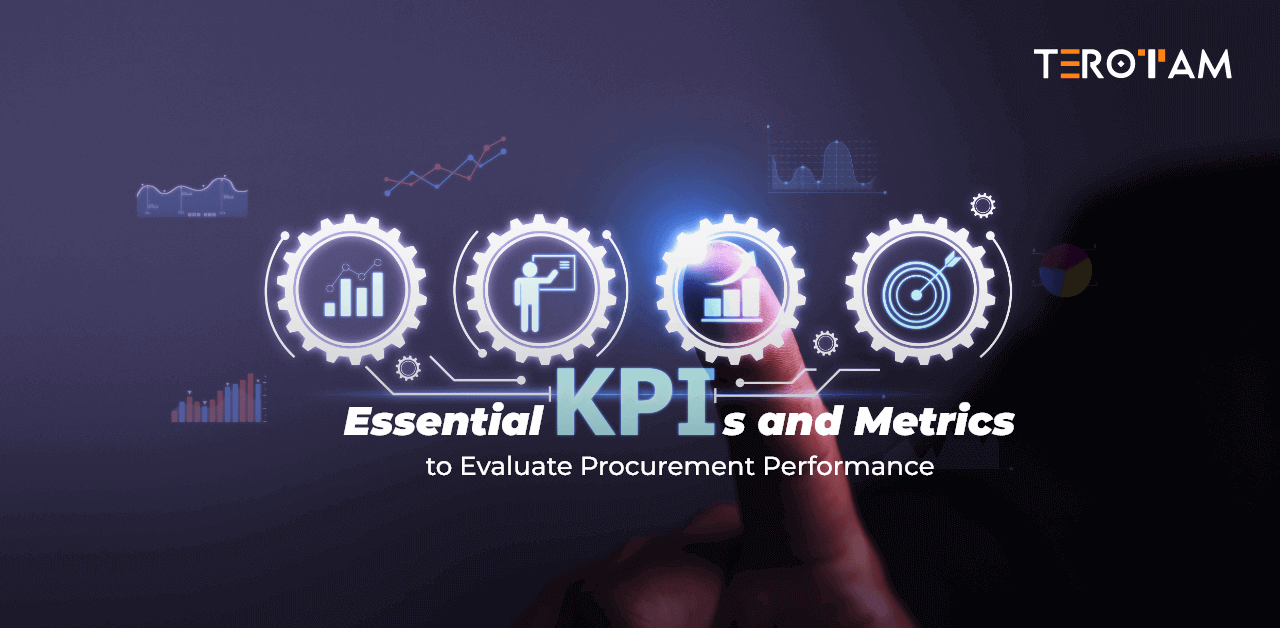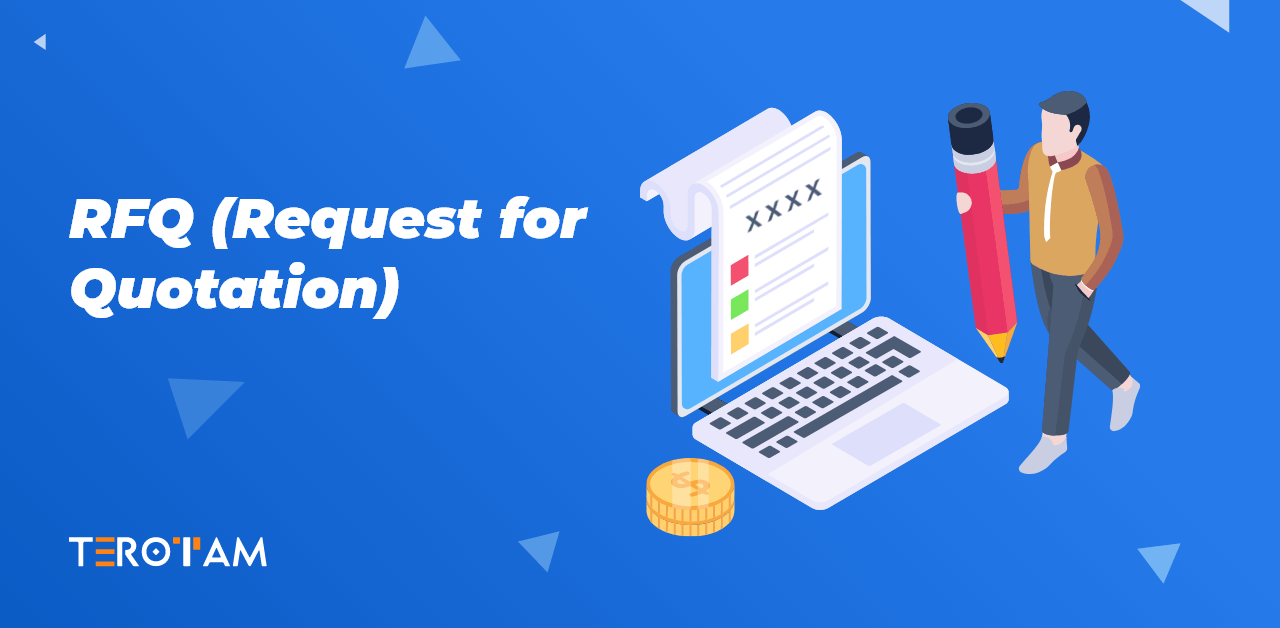Procurement performance refers to the evaluation and measurement of the effectiveness, efficiency, and overall success of an organization’s procurement processes and activities. It involves assessing various aspects of procurement, such as cost savings, supplier management, process efficiency, risk mitigation, and contract compliance. Procurement performance provides insights into how well an organization is managing its purchasing activities, optimizing costs, maintaining supplier relationships, and aligning procurement strategies with business objectives.
Procurement performance is crucial for any business due to several reasons such as cost optimization, supplier Management, process efficiency, risk mitigation, and strategic decision-making. It is essential for businesses to rely on procurement software such as TeroTAM to measure different business challenges and provide direction. Read to get into how such tools or procurement management software can make a difference to any business.
Measuring Procurement Success with Key KPIs and Metrics
Effective procurement performance evaluation is crucial for organizations to ensure optimal efficiency, cost savings, and supplier management. Key Performance Indicators (KPIs) and metrics play a vital role in measuring procurement performance and identifying areas for improvement. By focusing on specific KPIs and metrics, businesses can gain valuable insights into their procurement processes, make informed decisions, and drive overall organizational success.
Measuring procurement success is essential for organizations to gauge the effectiveness of their purchasing processes, supplier management, and overall procurement strategies. Key Performance Indicators (KPIs) and metrics play a crucial role in quantifying and evaluating procurement performance. By establishing and tracking specific KPIs and metrics, businesses can assess their procurement success, identify areas for improvement, and make data-driven decisions.
Explore the essential KPIs and metrics that organizations should consider when evaluating procurement performance.
Cost Savings and Spend Analysis
One of the primary objectives of procurement is to achieve cost savings while maintaining product quality and supplier relationships. Cost savings can be measured through various metrics such as cost avoidance, cost reduction, and cost per unit. Tracking these metrics allows organizations to assess the effectiveness of their procurement strategies and identify opportunities for cost optimization. Additionally, conducting a detailed spend analysis provides insights into spending patterns, supplier performance, and potential areas for negotiation or consolidation.
Supplier Performance and Relationship Management
Maintaining strong supplier relationships is essential for procurement success. Metrics related to supplier performance, such as on-time delivery, quality compliance, and supplier responsiveness, help evaluate the effectiveness of supplier management. These metrics provide insights into supplier reliability, responsiveness to issues, and overall performance. Evaluating supplier performance also aids in identifying potential risks and opportunities for improvement in the procurement process.
Cycle Time and Efficiency
Cycle time refers to the time it takes to complete a procurement process from requisition to delivery. Tracking cycle time metrics helps identify bottlenecks, delays, and inefficiencies in the procurement process. Metrics like requisition-to-order cycle time, order-to-delivery cycle time, and invoice processing time provide valuable insights into process efficiency and highlight areas for streamlining and automation. By reducing cycle times, organizations can enhance productivity, minimize costs, and improve overall procurement performance.
Contract Compliance and Risk Management
Ensuring contract compliance is crucial for mitigating risks and maintaining regulatory compliance. Metrics related to contract management, such as contract compliance rate, contract deviation, and contract renewal rate, help evaluate the adherence to contractual terms and conditions. By monitoring these metrics, organizations can identify potential risks, mitigate non-compliance issues, and strengthen contractual relationships with suppliers. Effective risk management in procurement is essential to minimize disruptions, avoid financial losses, and maintain business continuity.
Process Improvement & Continuous Improvement
Measurement of procurement performance allows businesses to identify areas for process improvement and operational efficiency. By analyzing metrics such as cycle time, order accuracy, and process automation, organizations can streamline procurement processes, eliminate bottlenecks, and reduce manual work. This leads to improved productivity, faster turnaround times, and resource optimization. Procurement measurement enables businesses to establish benchmarks and set targets for ongoing improvement. By regularly monitoring and comparing performance against established KPIs, organizations can identify gaps, implement corrective actions, and drive continuous improvement in their procurement processes. This leads to enhanced operational efficiency, cost savings, and increased customer satisfaction.
Conclusion
Evaluating procurement performance through the use of essential KPIs and metrics is vital for organizations aiming to optimize their processes, reduce costs, and enhance supplier relationships. By tracking metrics related to cost savings, supplier performance, cycle time, and contract compliance, businesses can identify areas for improvement, make data-driven decisions, and drive overall procurement success. It is important to remember that the selection of KPIs and metrics should align with an organization’s strategic goals and priorities. Regular monitoring and analysis of these metrics enable organizations to adapt and refine their procurement strategies, leading to improved efficiency, cost savings, and sustained business growth.








